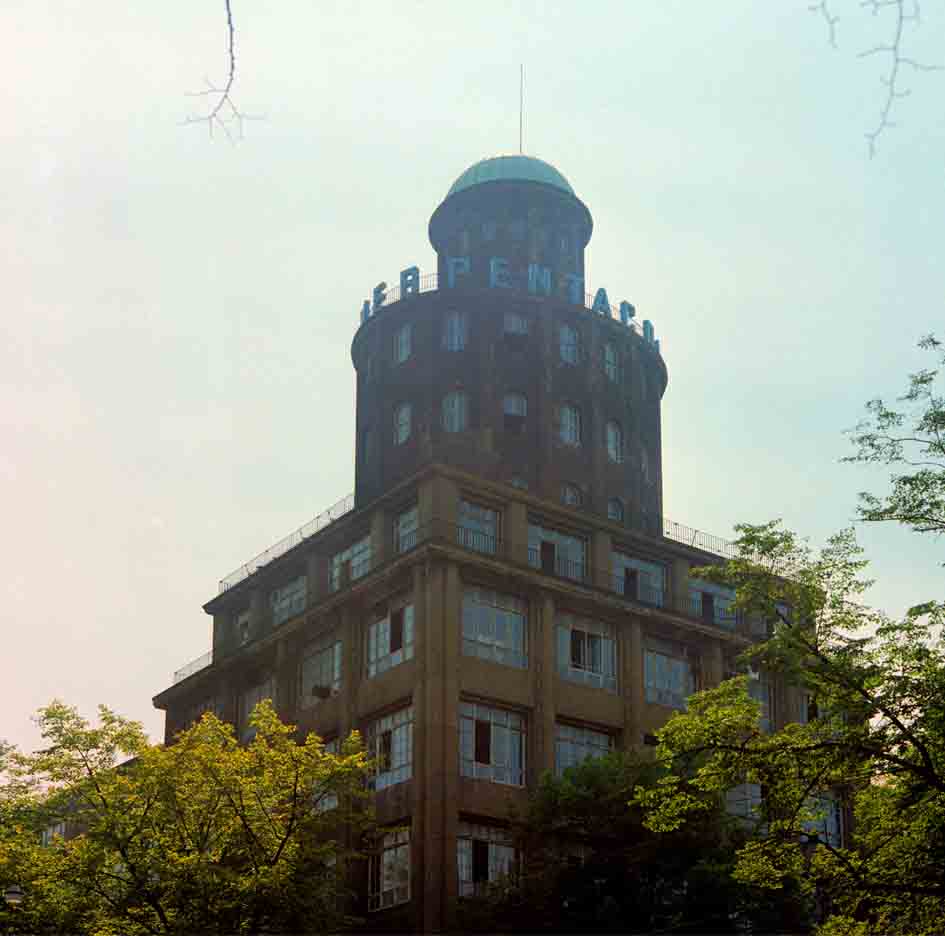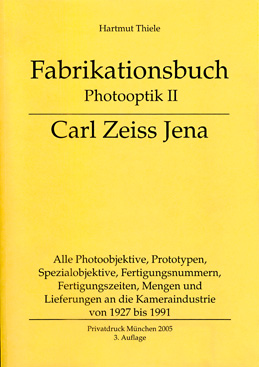The Praktisix was first produced in 1956 by VEB Kamerawerke Niedersedlitz, East Germany. The initials KW appeared on the waist level finder.
From 1959 this was part of the VEB Kamera- und Kinowerke Dresden, and the KW was replaced with the Ernemann Tower symbol on the waist level finder.
In 1964 a new version of the Praktisix was was produced, with the name Praktisix II.
In 1966 the Praktisix IIA appeared.
1967 saw the arrival of a revised model with the new name Pentacon-Six.
In 1968 VEB Pentacon Dresden launched a TTL metering pentaprism, and the camera was re-named the Pentacon-Six TL. The first Pentacon Six TL cameras had the letters “TL” on a new line underneath the word “six”, but later a new front plate was designed that said “Pentacon six TL” all on one line.
All lenses and accessories for the “Pentacon six TL” will also fit the “Pentacon six”, and as far as I am aware will also fit the various versions of the Praktisix (though the mirror pre-release upgrade cannot be performed on the Praktisix).
From about 1972 the lens breech lock ring on body was black.
I am told that the last series produced (in 1989-90) can be recognised by two differences from all earlier series:
- on the shutter release, the front face (where you place your finger) is shiny, instead of having concentric circles
- the base plate with the hole for the camera case screw or tripod screw is shiny metallic throughout, with no black inserts

